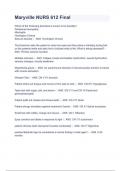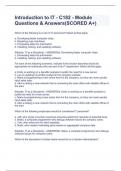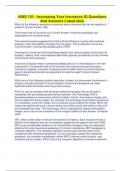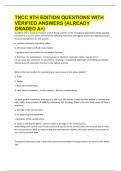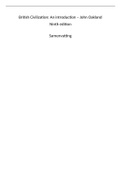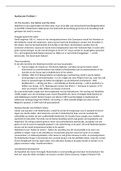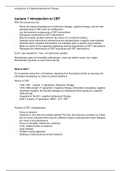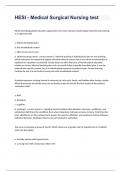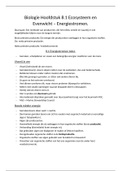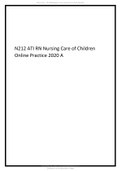Examen
Maryville NURS 612 Final COMPLETE QUESTIONS WITH ANSWERS A+ GRADED
- Établissement
- Maryville University Of St. Louis
Maryville NURS 612 Final COMPLETE QUESTIONS WITH ANSWERS A+ GRADED Which of the Following disorders is known to be heredity? Peripheral neuropathy Meningitis Huntington Chorea Seizure disorder - ANS Huntington Chorea The Examiner asks the patient to close her eyes and then place a vibrat...
[Montrer plus]
